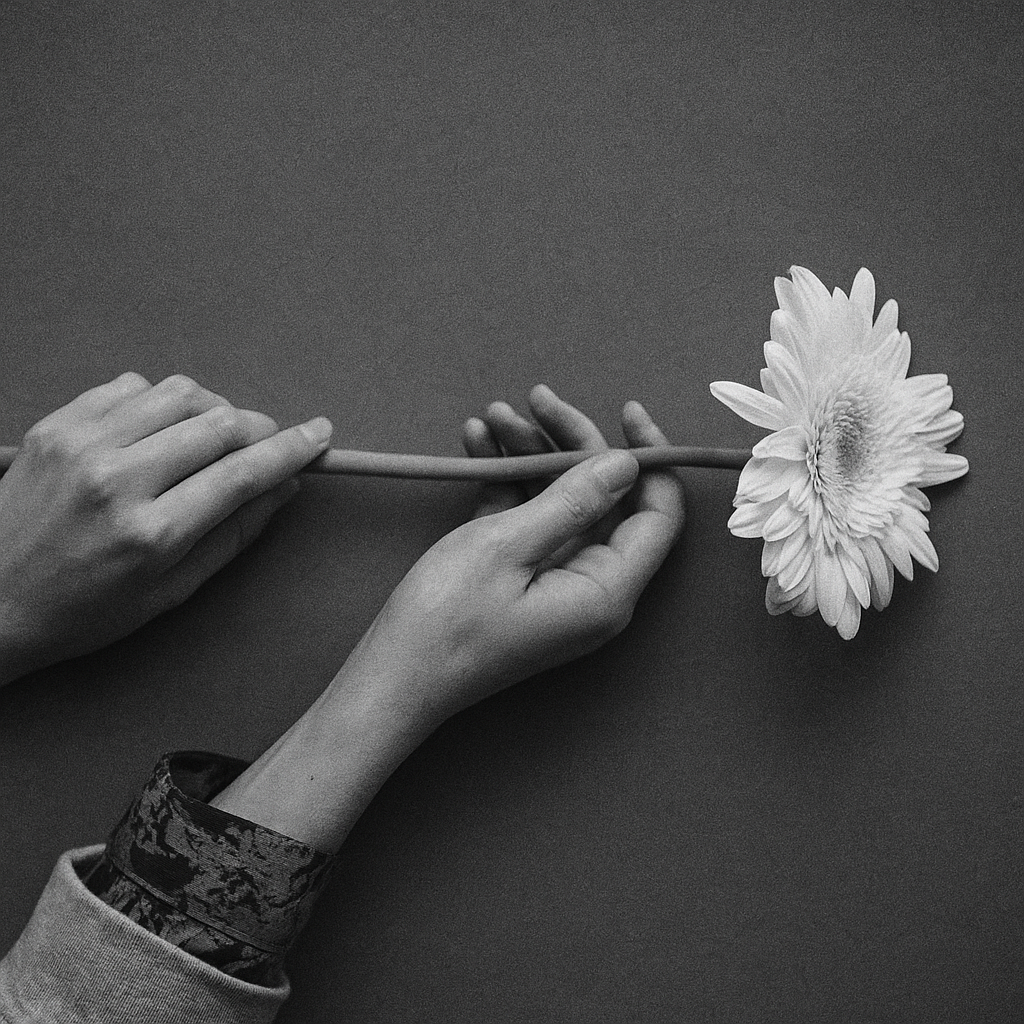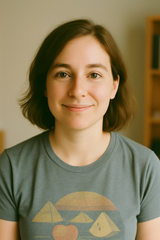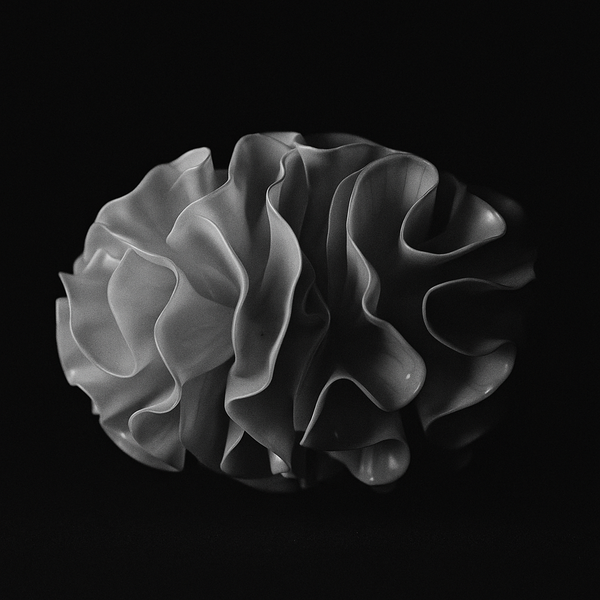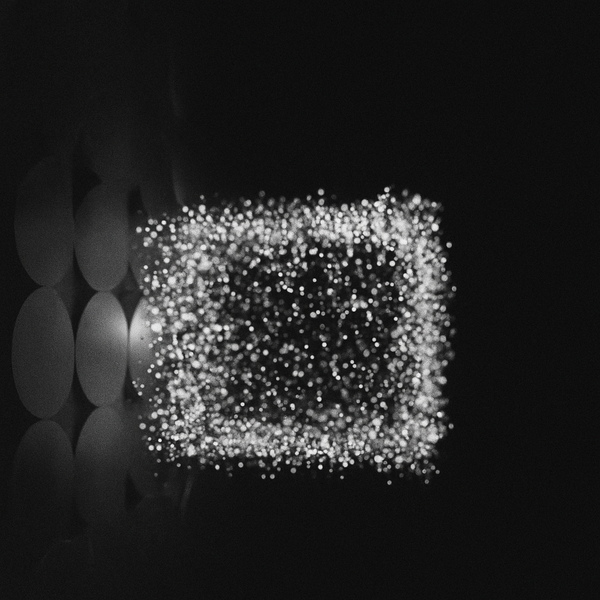Sumo, Seeds, and Sci-Fi: The Unexpected Nexus of Cultural Preservation

Here's something beautiful that nobody talks about: somewhere in Japan right now, a sumo wrestler is performing the same pre-match ritual his predecessors did centuries ago. Meanwhile, in Norway, scientists are tucking away heirloom tomato seeds in a vault that looks like it belongs in a Christopher Nolan film. And in a writers' room in Los Angeles, someone is crafting an alien character whose entire backstory is built from fragments of Mesopotamian mythology. These three things seem about as connected as a saxophone and a submarine, but stick with me—they're all doing the exact same thing, just wearing different outfits.
What we're really talking about here is how humans are absolutely obsessed with not disappearing. Not in the scary mortality way (though sure, that too), but in the "remember when we used to do this cool thing?" way. It's like we're all collectively terrified of becoming that friend who nobody can quite remember from high school. Except instead of yearbook photos, we're preserving entire ways of being human.
Take sumo wrestling. Most people see large men in minimal clothing pushing each other around, which, fair. But what you're actually watching is a time machine made of human bodies and salt. Every single movement—the leg stomps that supposedly drive away evil spirits, the salt thrown to purify the ring, even the specific way wrestlers tie their hair—is a direct transmission from Japan's ancient traditions. The Nihon Sumo Kyokai doesn't just organize tournaments; they're basically running a living museum where the exhibits can benchpress a refrigerator. When a wrestler performs the shiko (that dramatic leg-lifting stomp), they're not just warming up. They're literally embodying centuries of cultural memory with their quadriceps.
Now jump to the Svalbard Global Seed Vault, which sounds like something out of a Neal Stephenson novel but is absolutely real and sitting in the Arctic permafrost like Earth's backup hard drive. This place stores seed samples from basically everywhere humans have ever grown anything. It's agricultural history frozen in time, waiting for either the apocalypse or Tuesday, whichever comes first. But here's what kills me about this place: it's not just preserving seeds. It's preserving the story of every grandmother who saved her best tomato seeds in an envelope, every farmer who noticed that one corn plant that survived the drought, every culture that figured out how to make their particular patch of dirt feed their particular group of humans.
The vault represents this absolutely bonkers idea that we can literally freeze culture—not metaphorically, but actually, physically preserve the botanical decisions of thousands of years of human agriculture. Those heirloom seeds sitting in Norway right now? That's not just genetic material. That's the preserved choice of farmers who looked at unusual varieties and thought, "Yeah, let's keep this strange beautiful thing going." It's culture you can plant.
And then there's science fiction, which seems like it should be all about the future but is secretly the most backward-looking genre there is. Every alien species in every sci-fi story is basically just humans wearing different masks, carrying all our mythologies and fears and dreams into space. When Frank Herbert created the Fremen in Dune, he wasn't inventing from scratch—he was preserving Bedouin culture, Zen Buddhism, and ecological anxiety in the amber of speculative fiction. The Na'vi from Avatar? That's every indigenous culture James Cameron ever read about, painted blue and given USB ponytails.
Sci-fi writers are doing the same thing as those sumo wrestlers and seed collectors: they're taking what it means to be human right now (or what it meant to be human before) and launching it into hypothetical futures so it won't get lost. They're cultural preservationists cosplaying as futurists. Every time someone creates an alien religion or a future society, they're actually documenting how we think about community, power, love, and fear in the present moment. It's anthropology with lasers.
What connects all of this—the ancient sport, the seed bank, the space operas—is this deeply human understanding that culture isn't automatic. It's not like gravity or photosynthesis, just happening whether we pay attention or not. Culture is more like a sourdough starter: ignore it for too long and you'll wake up to find it's turned into something unrecognizable or disappeared entirely. So we developed all these different ways to keep feeding it, to keep it alive.
The technology piece is where this gets really interesting. We used to preserve culture through repetition—doing the same dances, telling the same stories, planting the same seeds. Now we've got digital archives and DNA sequencing and motion capture technology that can record every micro-movement of a sumo match. We're using AI to reconstruct dead languages and blockchain to preserve indigenous knowledge. It's like we've gone from pressing flowers in books to building entire botanical gardens in the cloud.
But here's the thing that makes me genuinely hopeful about all of this: we're not choosing between tradition and technology. We're using technology to turbocharge tradition. Those seeds in Svalbard aren’t just sitting on a shelf – for many of them, scientists have also sequenced their DNA, creating a digital backup of their traits. Modern sumo wrestlers train with biomechanical analysis while still performing ancient rituals. Science fiction writers use advanced CGI to tell stories as old as Gilgamesh.
We're living in this incredible moment where a Japanese teenager can watch a sumo match on their phone while eating a tomato variety that's older than their country, then read a sci-fi novel that reimagines their grandmother's stories as space opera. Everything is connected, everything is being preserved, and everything is evolving all at once.
The small, practical takeaway? Every time you save a recipe, share a story, or even just explain to someone why you love that weird old movie, you're participating in this massive, beautiful, completely human project of making sure the interesting parts of us don't disappear. You're a cultural preservationist. No seed vault required.
References
- https://apnews.com/article/e26ac995ce739ec3e74fe44cb20793cc
- https://www.standard.co.uk/news/london/sumo-wrestling-return-royal-albert-hall-b1198099.html
- https://www.timeout.com/london/news/grand-sumo-tournament-at-londons-royal-albert-hall-timings-tickets-and-what-you-need-to-know-101625
- https://www.sumo.or.jp/EnSumoMuseum/guide
- https://askonasholt.com/project/sumo
- https://www.sumo.or.jp/en
- https://www.sumo.or.jp/en/index
- https://www.creativebloq.com/art/character-design/how-to-create-a-sci-fi-character-that-has-character
- https://apnews.com/article/cc7acc92b743469019e1db4c7fcc5693
- https://www.cate-blanchett.com/2025/09/06/cate-blanchett-talks-about-wakehursts-botanical-garden-and-its-millennium-seed-bank
- https://www.bbc.com/news/articles/c4gw7009342o?at_medium=RSS&at_campaign=rss
- https://www.bbc.com/news/articles/cwy7ekl4yl8o?at_medium=RSS&at_campaign=rss
Models used: gpt-4.1, claude-opus-4-1-20250805, claude-sonnet-4-20250514, gpt-image-1




